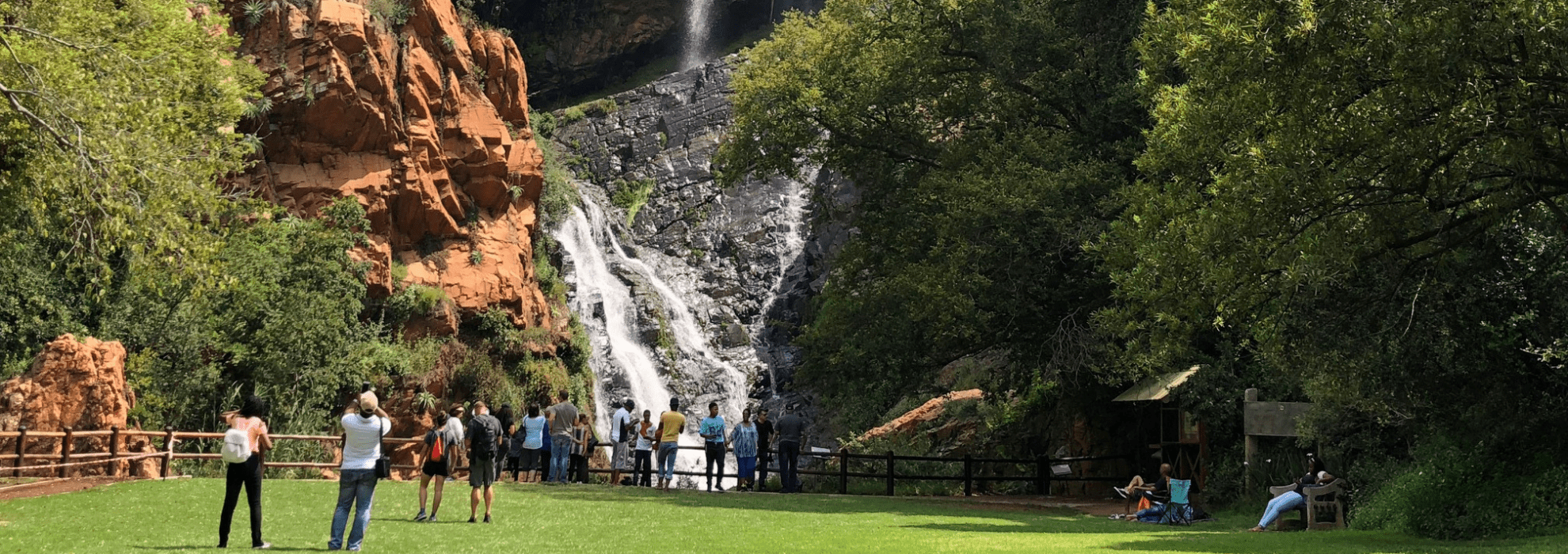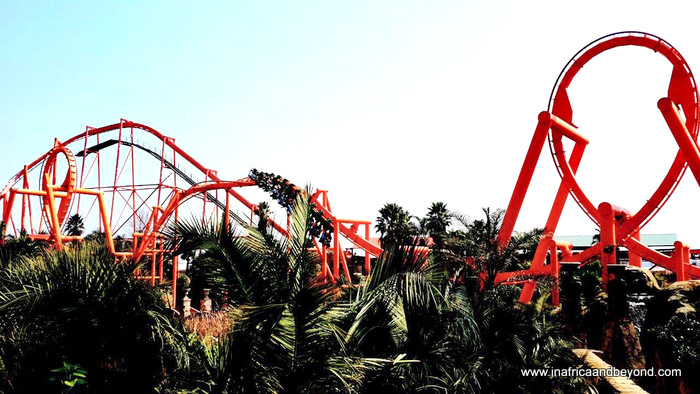Some Known Questions About Johannesburg North Attractions.
Table of ContentsThe Only Guide for Johannesburg North AttractionsLittle Known Facts About Johannesburg North Attractions.The Facts About Johannesburg North Attractions RevealedJohannesburg North Attractions - An OverviewNot known Details About Johannesburg North Attractions Not known Factual Statements About Johannesburg North Attractions
The city grew on the side of the Witwatersrand Key Reef, a below ground stratum of gold-bearing quartz-silica corporation that arcs for hundreds of miles below the Highveld - Johannesburg North attractions. Most of the gold mines in the city stopped operation in the 1970s, yet in its day the Witwatersrand gold market accounted for more than 40 percent of the globe's annual gold production.Johannesburg has a warm environment. The city delights in about eight hours of sunshine per day in both wintertime and summer season.
What rain the city obtains drops practically solely in the summertime, frequently in magnificent late-afternoon electrical tornados. Air contamination positions a substantial problem, particularly in the cold weather, when thermal inversions hinder the westward flow of air from the Indian Sea. Contamination is most extreme in the largely cleared up Black areas on the city's perimeter, where lots of locals still depend on coal for gas.

About Johannesburg North Attractions
The balance of the city is occupied by whites. Lodging varies in character and high quality. Soweto is notorious for its limitless rows of municipally constructed, two-room matchbox homes, yet it additionally has a few thriving enclaves along with bursting squatter camps, where tens of thousands live without water, electrical energy, or hygiene facilities.
Physical growth, although rather restricted by transport, proceeded promptly as immigration to South Africa, and Johannesburg in specific, increased considerably. This problem was resolved in the 1930s when the vehicle was introduced in mass production to South Africa. Cars were, generally, restricted to the affluent, and permitted them to relocate to the north of the city and commute right into the centre.
Most poor suburbs were blended, with poor blacks and whites living with each other, although the affluent suburbs were typically reserved for whites. This altered with the political election of the National Party in the 1948 political elections, that started to formalise the system understood as apartheid. Racism formally marked which suburban areas each race can stay in under the Group Areas Act.
The previous system of eleven phoned number regions was reorganised in 2006. Marshalltown, as seen from the top of the Carlton Centre. The M1 and M2 run behind the buildings, and the southerly residential areas expand past the freeway border. The inner city of Johannesburg is situated within the city's Area F. The number of people living in the inner city on an informal basis is unidentified, as several are prohibited immigrants. The unemployment, education and learning, and age accounts of the location are all unidentified, due to the difficulty of obtaining reputable info regarding the location.
Johannesburg North Attractions for Dummies
Centred on the CBD, the region includes the suburbs of Yeoville, Bellevue, Troyeville, Jeppestown, and Berea to the east. To the west it infects Pageview (Johannesburg North attractions) and Fordsburg. There are little industrial parks to the south, such as City West-Denver and Benrose. Around 800,000 travelers pass through the central city daily, and it operates as a local purchasing node for visitors from the southern suburban areas. Yeoville and Bellevue have a mix of apartment structures and solitary household devices on small great deals. The area lies on a mountainous divide that ranges from east to west. One of the most obvious geographic attribute is Observatory Ridge, which is called for the big observatory located on it. The entertainment spaces are no more utilized, as a result of safety and security issues.

Johannesburg Arena, a training school for both the Golden Lions and Orlando Pirates, is nearby. The eastern suburban areas of Johannesburg lie in the city's 7th [] and 9th [] areas. The location is also functionally incorporated with East Rand boundary towns beyond the main boundary of Johannesburg, such as Bedfordview and Edenvale (both component of Ekurhuleni Metropolitan Community).
The Ultimate Guide To Johannesburg North Attractions
R. Tambo International Airport Terminal). The eastern residential areas are a few of the earliest locations of Johannesburg, there are big neighborhoods of Jewish and other European histories, the bulk of the population is English talking. There are 3 golf programs explanation along with a number of secured ridges with viewsites. There are numerous well-developed and up-market home entertainment and buying locations in the east such as the Eastgate Mall and the Greenstone mall.
The area is mostly made up of old try these out "matchbox" residences, or four-room houses built by the federal government, that were developed to provide economical holiday accommodation for black workers throughout racism. Soweto is an abbreviation, meaning "South Western Townships". Street after road in this location is lined with matchboxes; however, there are a couple of smaller locations where thriving Sowetans have actually built houses that are more comparable in stature with those in even more affluent suburban areas.
Hostels are another prominent physical feature of Soweto. Initially developed to house male migrant workers, many have actually been enhanced as residences for pairs and households. The N1 Western Bypass skirts the eastern limit of Soweto. The suburban area was not historically enabled to develop employment centres within the location, so nearly all of its citizens are travelers to various other parts of the city.
Some Ideas on Johannesburg North Attractions You Should Know
The N1 Western Bypass attaches the northern residential areas with the north-western suburban areas. The suburbs in the northern suburban areas are primarily formal, without considerable areas of informal real estate, or housing that lacks redirected here a long-term framework. This is a well-known location, there is a pattern of land use change from property to commercial, particularly along main arterial roadways and around recognized nodes.
Roads to the eastern and west are much less well created, as there are no freeways travelling in that direction. Towards the north border of the city, the thickness of development decreases, leaving big locations of primitive land around Midrand.
The Single Strategy To Use For Johannesburg North Attractions
The very first suburb to the north of the central city is Parktown, which lies on a hillside overlooking the central city and Hillbrow. It has lots of rich citizens and Edwardian-design estates, along with the Education and learning and Clinical universities of the University of the Witwatersrand. The huge concrete Charlotte Maxeke Johannesburg Academic Healthcare Facility controls the sky line of Parktown.
Comments on “Johannesburg North Attractions Fundamentals Explained”